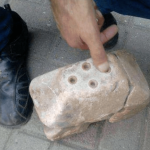The Iconic Lion’s Gate: Gateway to Ancient Mycenae
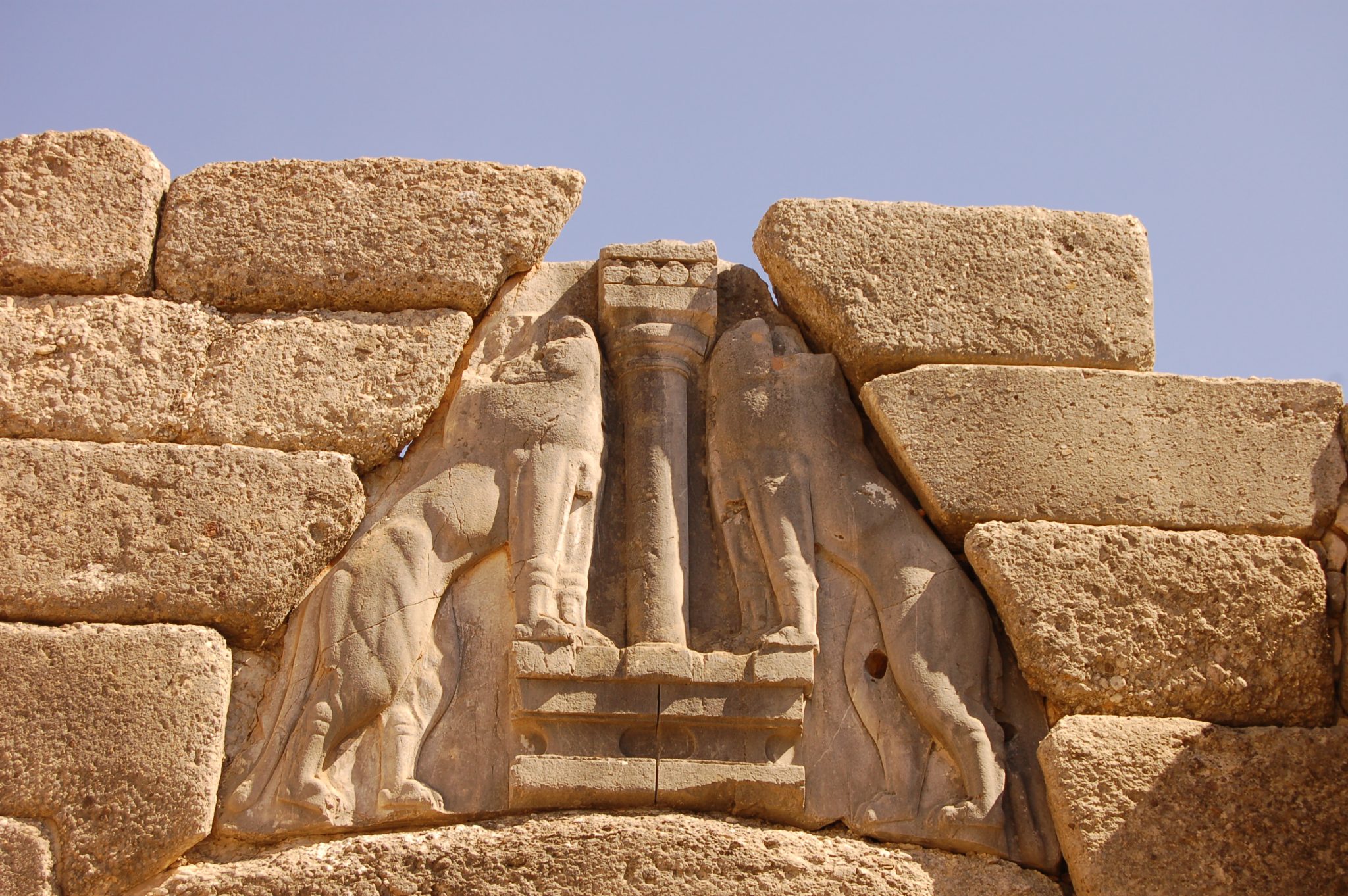
The Lion Gate stands as a silent sentinel to the ancient glory of Mycenae, a testament to the ingenuity and power of a civilization lost to time. Located within the sprawling archaeological site in Greece, this monumental entranceway serves as the principal gateway to the enigmatic world of Mycenaean civilization.
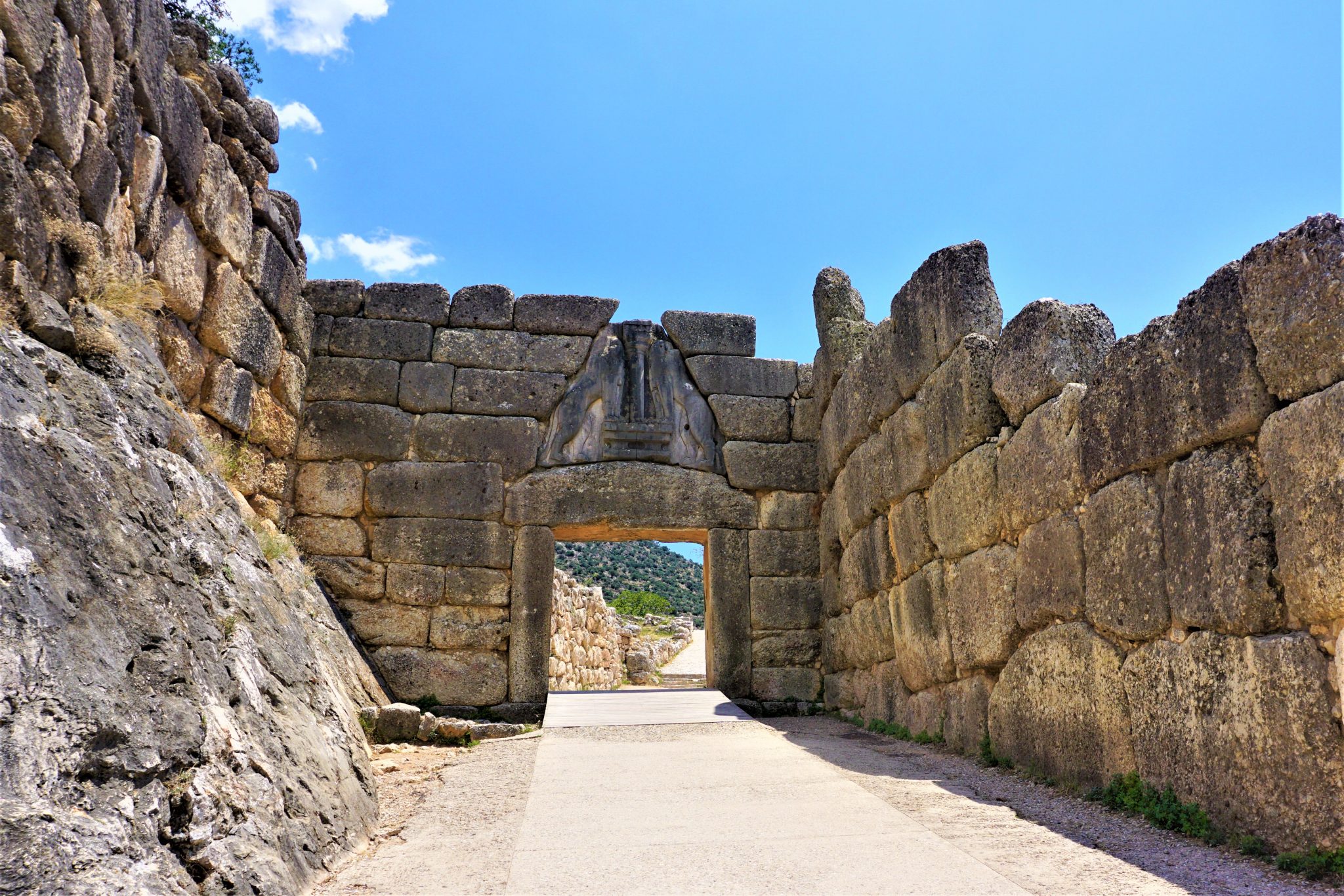
Nestled amidst the rugged landscape of the Peloponnese, the ancient city of Mycenae once thrived as a center of wealth, culture, and military might. Its towering walls, constructed of massive stones stacked with precision, encircled the city, providing both protection and prestige. And at the heart of this formidable fortress stood the Lion Gate, a marvel of engineering and symbolism.
Crafted from imposing limestone blocks and adorned with intricate relief carvings, the Lion Gate commands attention with its majestic presence. Two towering lions, their bodies elongated and muscular, flank a central column topped by a massive lintel stone. With forelegs outstretched and mouths agape in a silent roar, these guardian beasts exude an aura of strength and regality, welcoming visitors into the heart of Mycenae.
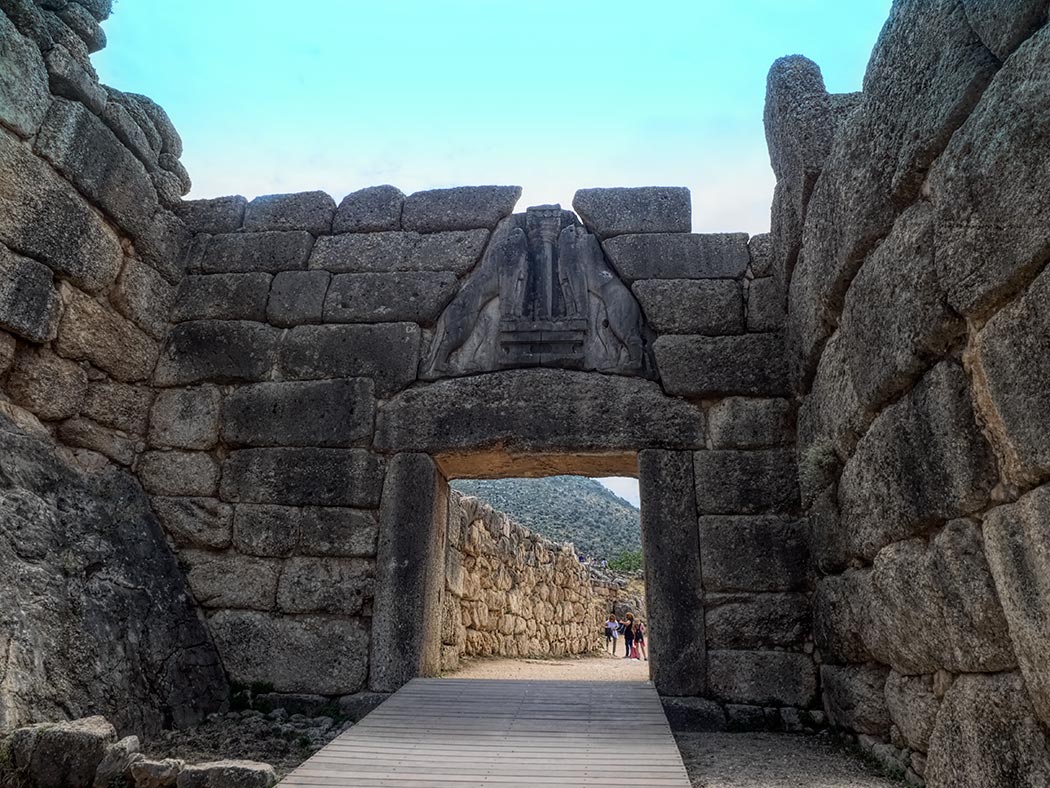
The significance of the Lion Gate extends beyond its architectural prowess. It serves as a potent symbol of Mycenaean power and authority, a tangible expression of the civilization’s prowess in war and diplomacy. As the main entrance to the city, it would have greeted kings, warriors, and merchants alike, serving as a reminder of the might of the Mycenaean rulers and the unity of their people.
The construction of the Lion Gate is believed to date back to the 13th century BC, a time of great expansion and prosperity for Mycenae. Scholars speculate that its design was influenced by both Minoan and Near Eastern architectural traditions, reflecting the cosmopolitan nature of Mycenaean society. Yet, despite its foreign influences, the Lion Gate remains distinctly Mycenaean in character, a symbol of the civilization’s unique identity and heritage.
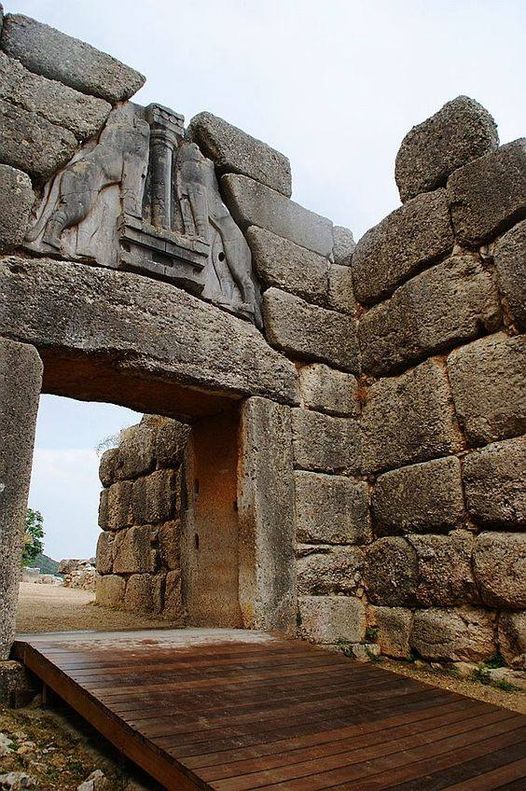
Today, as visitors pass through the ancient stones of the Lion Gate, they are transported back in time to an era of epic heroes and legendary feats. They walk in the footsteps of kings and warriors, explorers and artisans, each step a journey into the heart of Mycenaean civilization. And as they gaze upon the weathered visages of the stone lions, they cannot help but marvel at the enduring legacy of a people whose greatness still echoes through the ages.
In the archaeological site of Mycenae, the Lion Gate stands as a bridge between past and present, a tangible link to a world long vanished yet never forgotten. It is a reminder of the power of human creativity and perseverance, of the enduring legacy of ancient civilizations, and of the timeless allure of Greece’s rich cultural heritage. And as the sun sets over the Peloponnese, casting long shadows across the stones of the Lion Gate, it serves as a beacon of hope and inspiration for generations yet to come.




